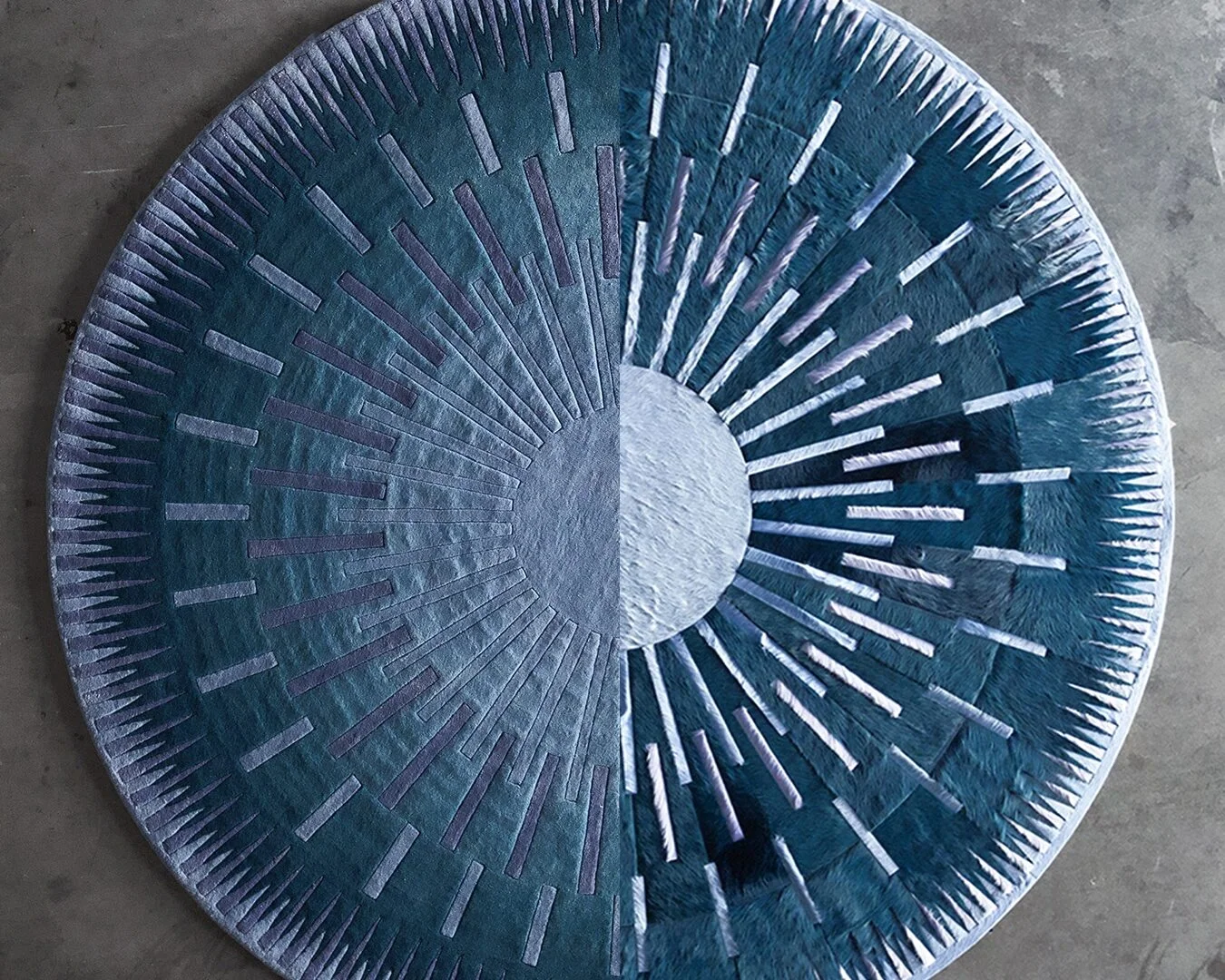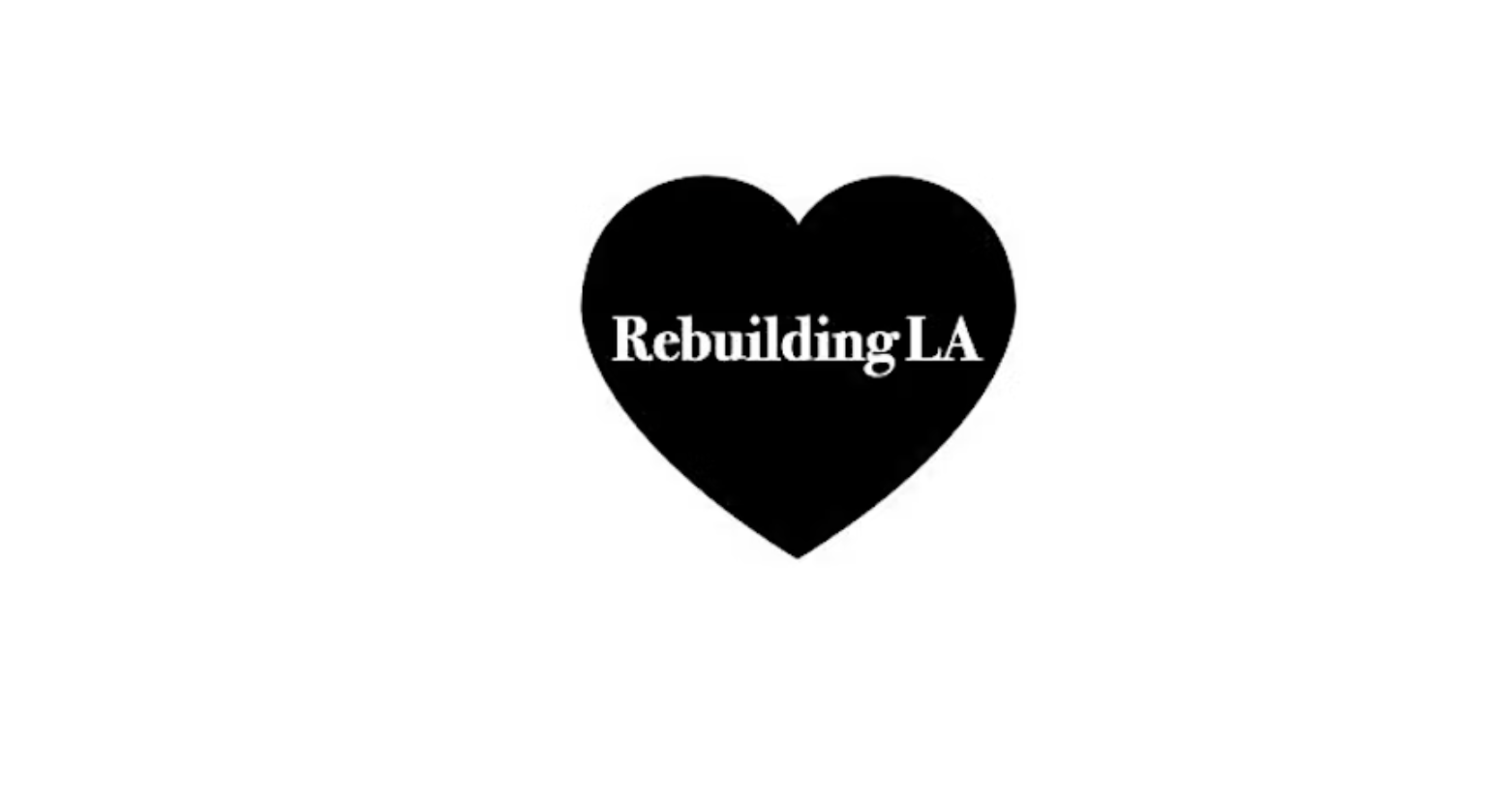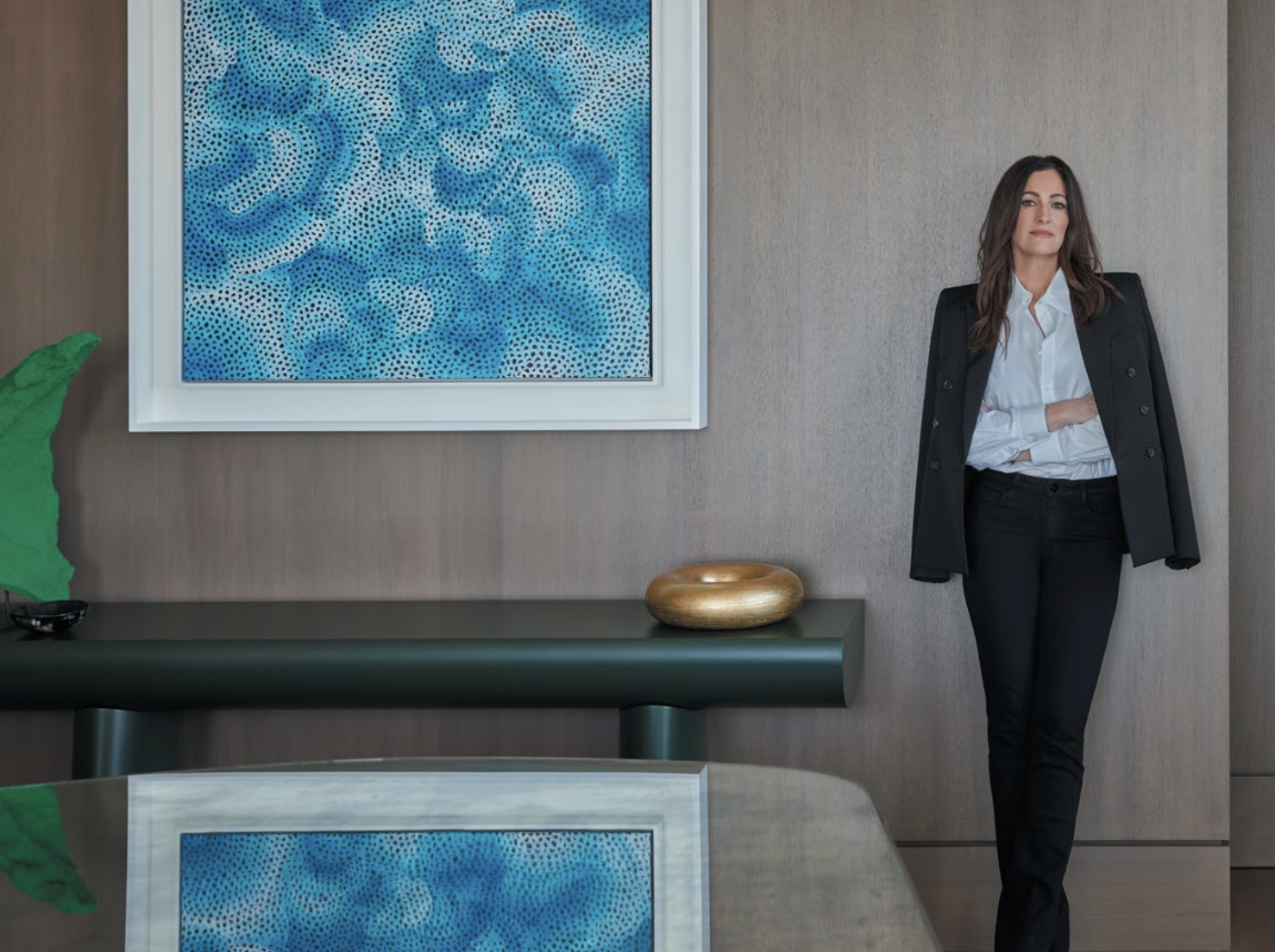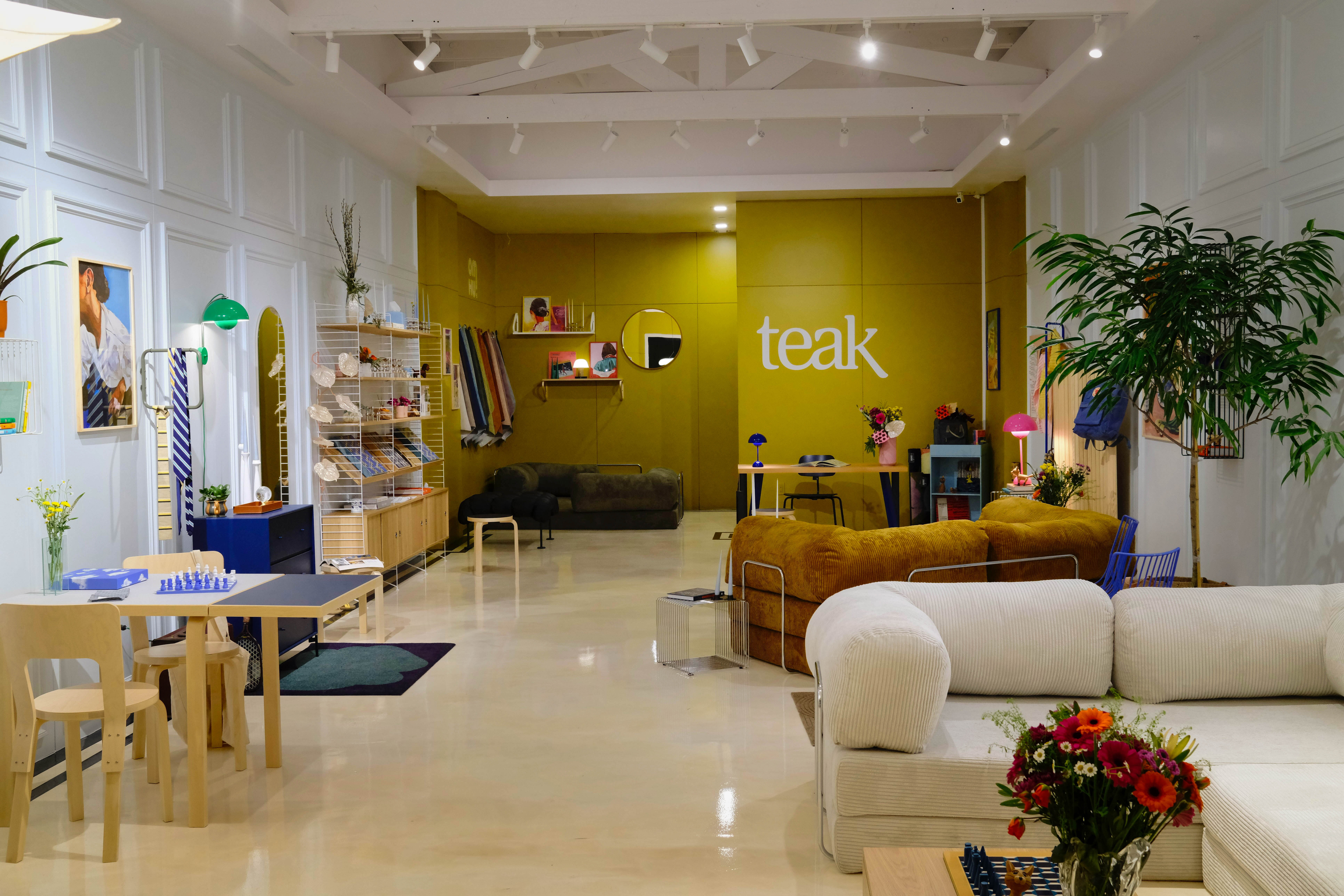Mirror Mirror
Author:Lindsey ShookWilliam Duff creates a shining moment on a forgotten farm
IN ENTRUSTING architect William Duff with transforming the early 1900s barn that came with their seven-acre Napa Valley property, Cindy and Howard Rachofsky got much more than just another good- looking building. Duff, the founder and managing principal of the San Francisco-based firm WDA, conjured “as much an art piece as a functional piece of architecture,” he says.
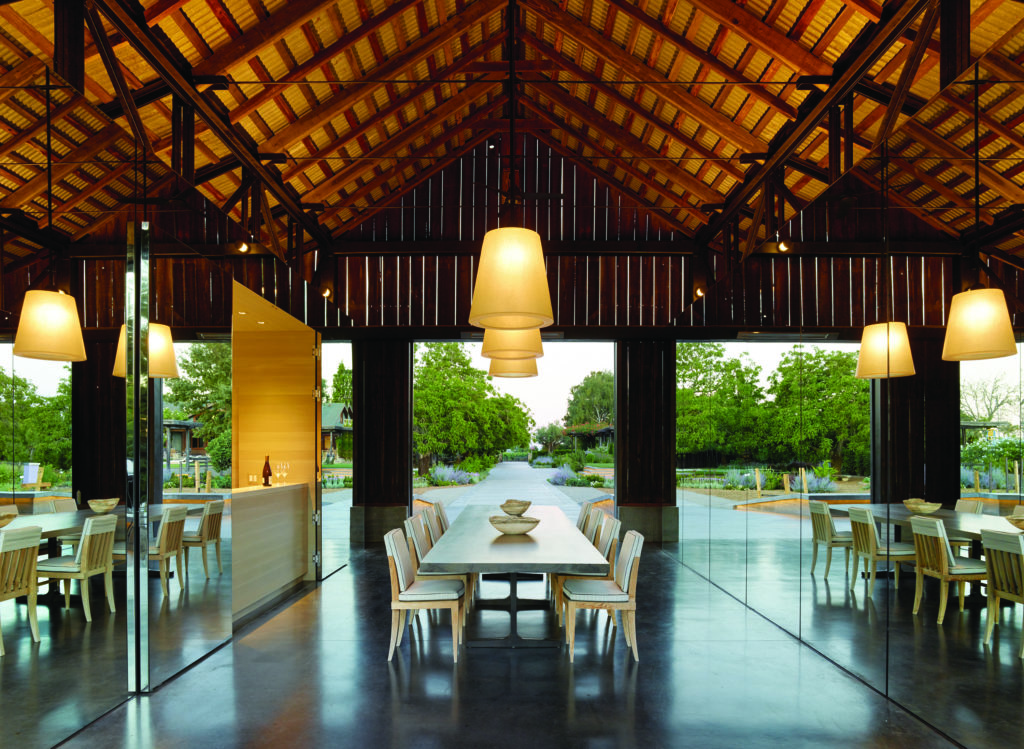
Which is fitting considering that the clients are well-known art collectors (yes, they’re the couple behind the Rachofsky House, which holds their personal trove and was bequeathed to the Dallas Museum of Art).
The 1,500-square-foot barn occupies the same grounds as works by Richard Long, Lee Hun Chung, Ugo Rondinone and Jacob Kassay. Duff moved the structure to a spot amid a vineyard—a short walk from the main residence and pool—and managed to reuse around 90 percent of the existing materials, including the corrugated metal roofing. Elevated on a concrete plinth, the barn now features a dining space positioned between expansive doors. When those doors are pulled back, thanks to the ingenious mirrored cubes that Duff conceived, the interior as well as the outdoors are endlessly reflected to mesmerizing effect. (In addition to what they offer visually, the cubes house a gym, kitchen, serving area, bathroom and storage.)
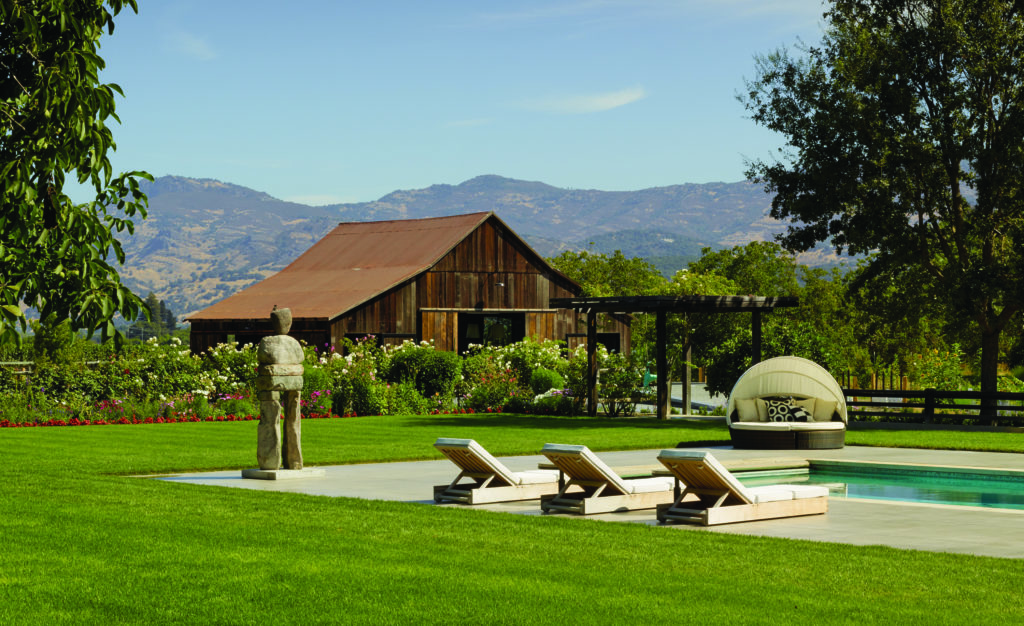
“This project is about light and the transition of light,” says Duff, who describes the barn as a receptor of light during the day (as it filters light through its slatted walls) and an emitter of light in the evening (at dusk, it glows like a lantern). “By placing the gathering table in the middle of the reflective volumes, when you’re sitting there, you’re always in the space and in the landscape. It’s a very creative way to break down the shell barrier of inside and outside.” – Anh-Minh Le
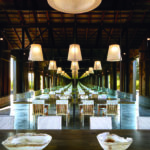
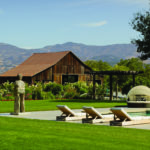
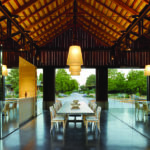
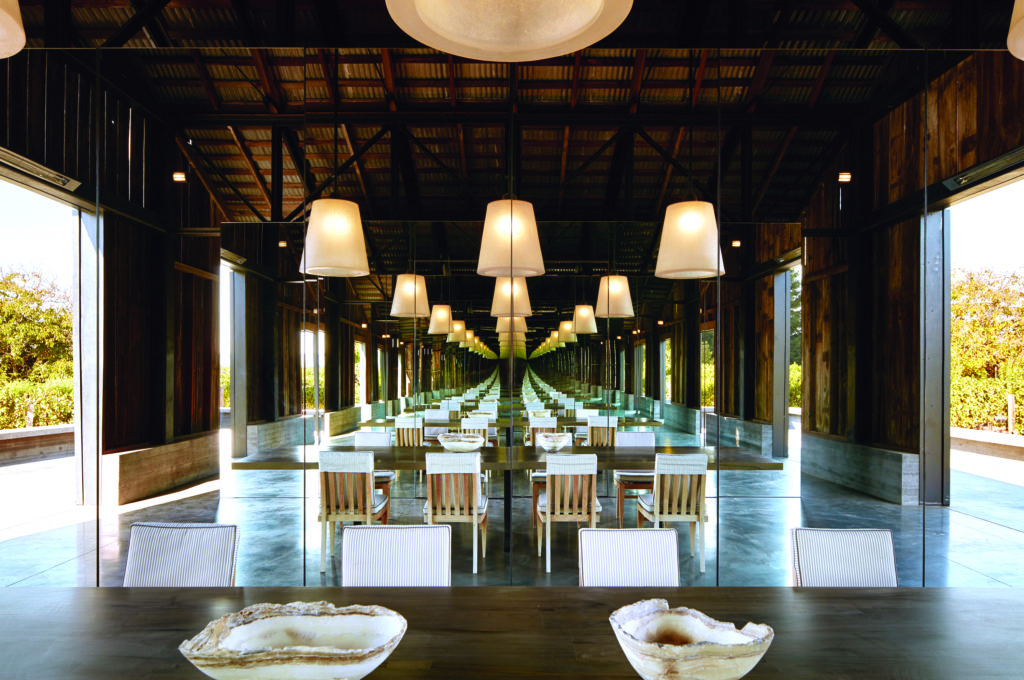 Photography by Matthew Millman.
Photography by Matthew Millman.